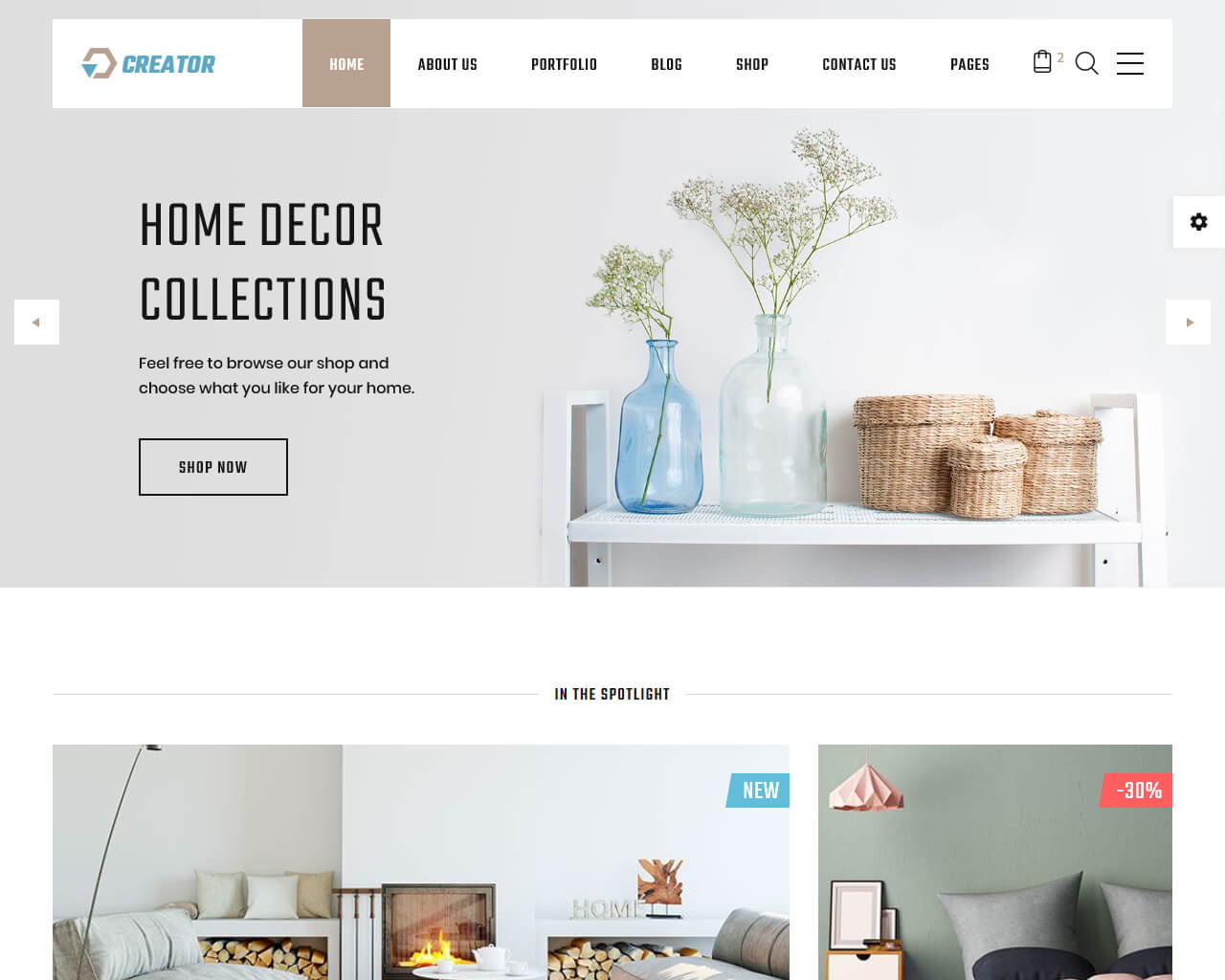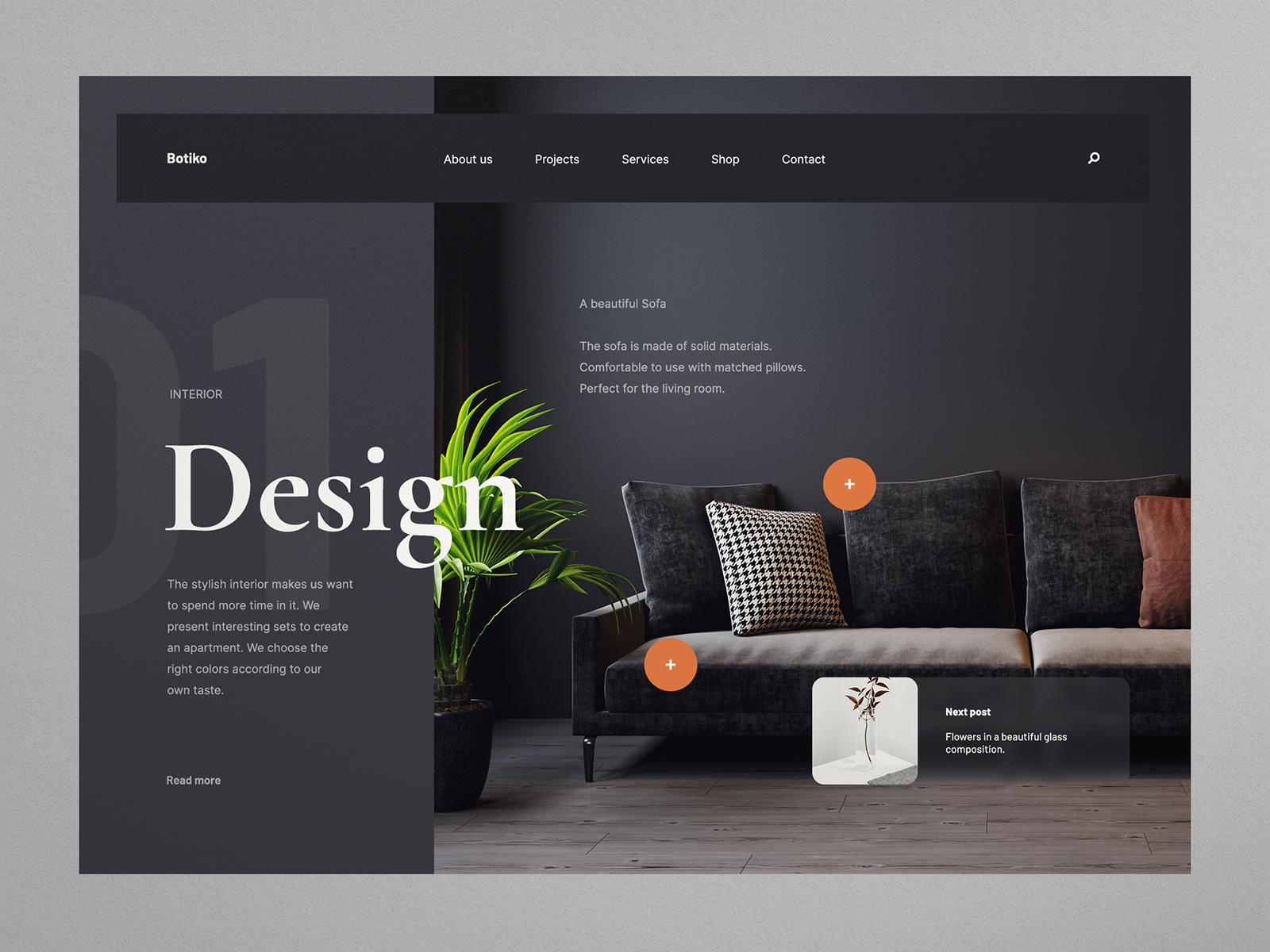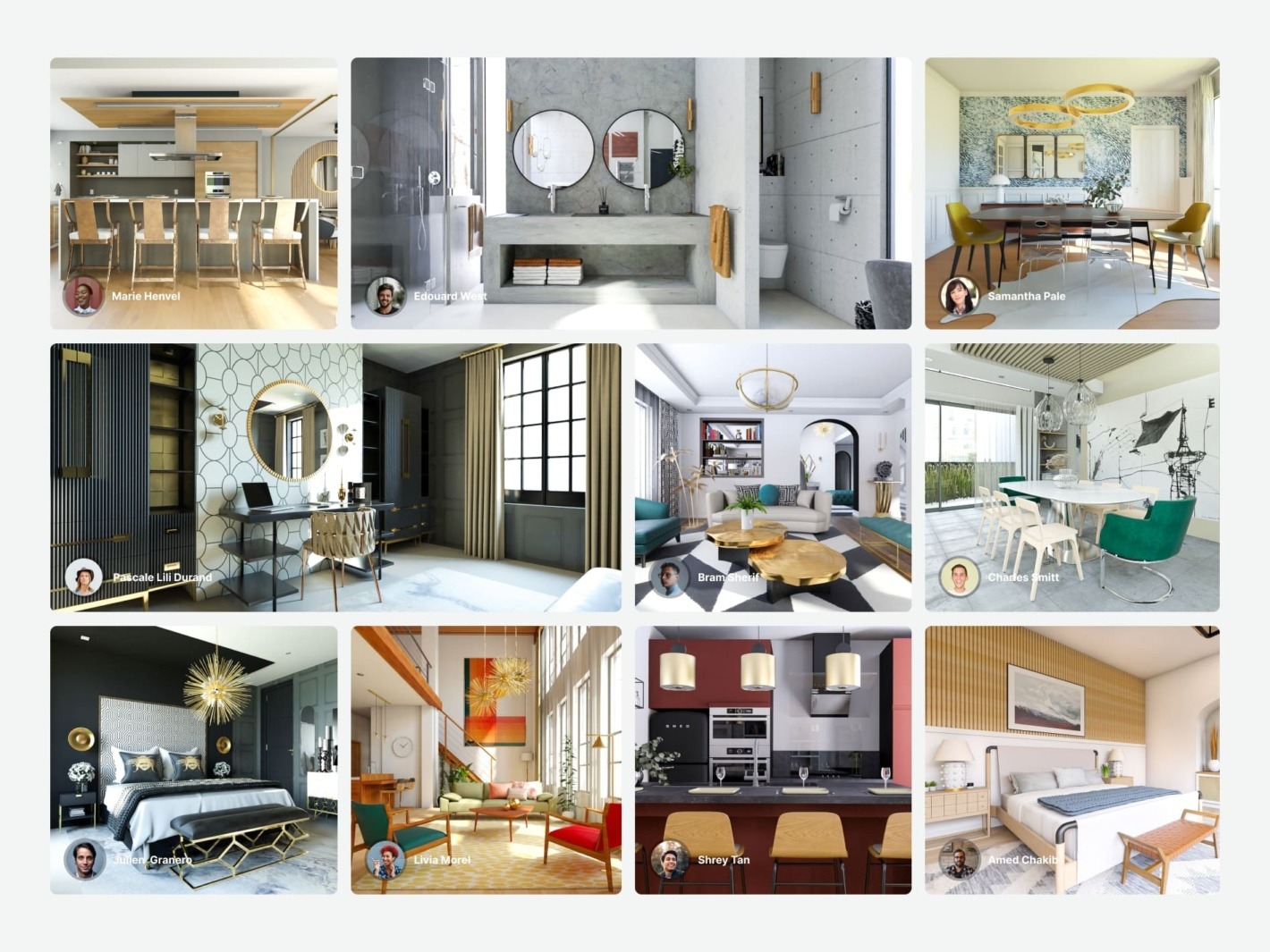Website Structure and Navigation

Home design website –
Clear and intuitive website navigation is crucial for home design websites, as it helps users effortlessly find the information they seek and navigate the site seamlessly. Well-structured navigation systems enhance user experience, allowing visitors to access desired content quickly and efficiently.
Effective navigation involves employing a combination of dropdown menus, breadcrumbs, and search functionality. Dropdown menus organize content into collapsible categories, providing easy access to s and related pages. Breadcrumbs, a trail of links at the top of the page, indicate the user’s current location within the website hierarchy, allowing them to retrace their steps or jump to higher-level pages.
Examples of Well-Structured Home Design Websites
- Houzz: This popular home design website features a comprehensive navigation system with dropdown menus for different room types, styles, and products. The intuitive search bar allows users to filter results based on specific criteria, making it easy to find exactly what they need.
- Dwell: Known for its modern and minimalist aesthetic, Dwell’s website employs a clean and straightforward navigation system. The top menu bar provides quick access to categories such as Architecture, Interiors, and Products, while the search bar is prominently displayed for targeted searches.
- Apartment Therapy: This website caters to renters and homeowners alike, offering a wide range of content on home decor, DIY projects, and lifestyle tips. The navigation menu is organized into sections such as Rooms, Styles, and Shop, making it easy for users to browse content relevant to their needs.
Content and Visual Appeal

High-quality images and videos are crucial for effectively showcasing home designs on a website. They allow potential clients to visualize the space and get a feel for its ambiance. Optimizing these visuals for fast loading times without compromising quality is essential for a seamless user experience.
Virtual Tours and 3D Renderings
Virtual tours and 3D renderings provide an immersive experience for website visitors. They allow potential clients to explore the home design from different angles and get a sense of the layout and flow of the space. These interactive elements can significantly enhance the user experience and help clients make informed decisions.
Functionality and Interactivity: Home Design Website

Interactive elements, such as room planners, mood boards, and style quizzes, provide engaging experiences for users, allowing them to visualize and experiment with different design options. These tools foster user engagement and enable personalized experiences, encouraging users to explore and refine their design ideas.
Mobile Responsiveness and Cross-Platform Compatibility
With the increasing prevalence of mobile devices, home design websites must prioritize mobile responsiveness and cross-platform compatibility. This ensures that users can seamlessly access and interact with the website on various devices, enhancing user experience and accessibility.
Innovative and User-Friendly Home Design Websites
Innovative home design websites demonstrate exceptional functionality by offering intuitive navigation, user-friendly interfaces, and seamless integration of interactive elements. They provide comprehensive design tools, inspiration galleries, and personalized recommendations to empower users in creating their dream spaces.
Examples of such websites include:
- Houzz: Features a vast collection of design ideas, room planners, and a comprehensive database of professionals.
- Planner 5D: Offers a user-friendly room planner that allows users to create detailed floor plans and visualize designs in 3D.
- Havenly: Provides personalized design services and mood boards tailored to users’ preferences.
By embracing functionality and interactivity, home design websites empower users to actively participate in the design process, fostering engagement, personalization, and ultimately enhancing the user experience.